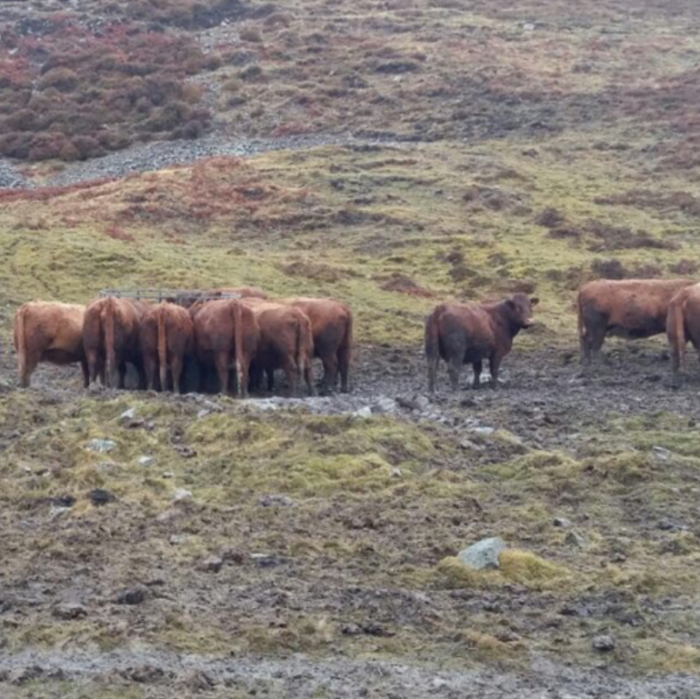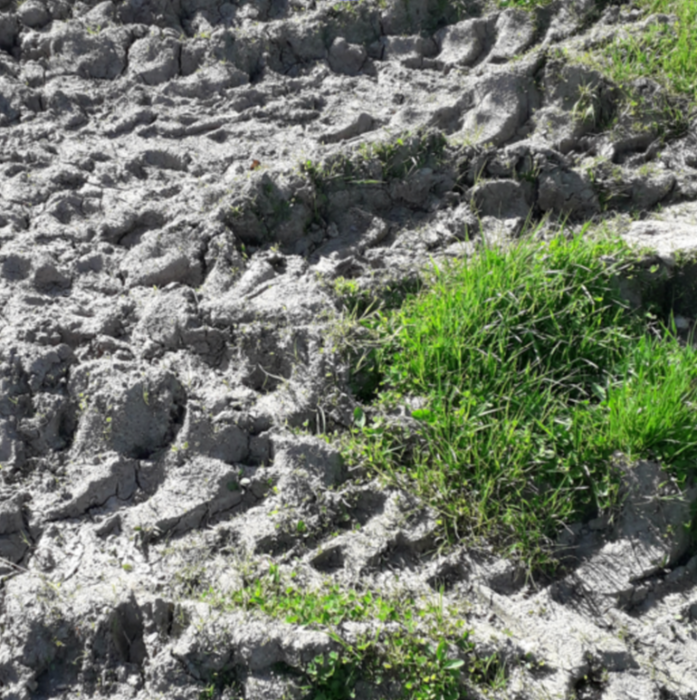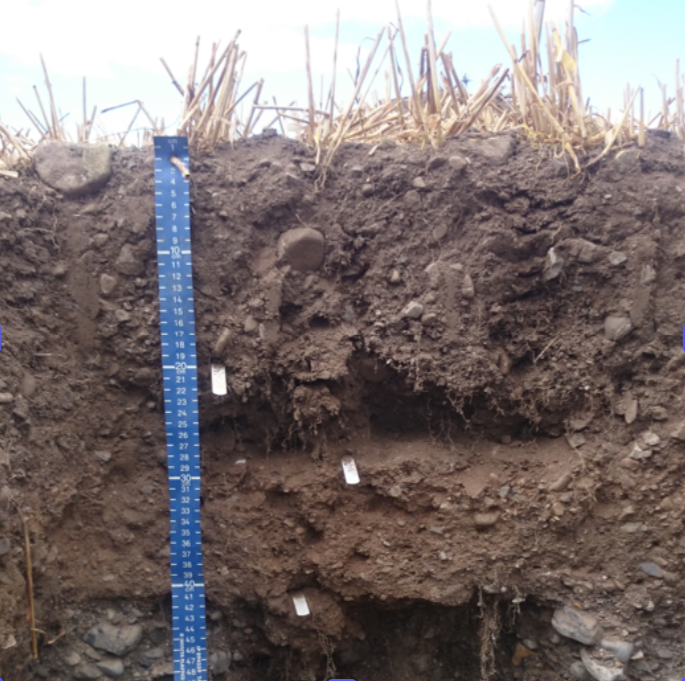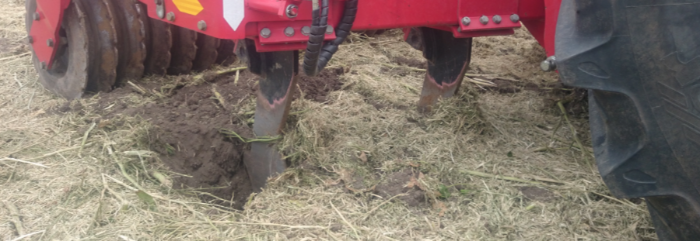Soil Structure Management
In all cases, preventing soil structural damage is far better than having to fix it, especially subsoil compaction. Research suggests that compaction below 40 cm depth may be semi-permanent. The following steps should be routinely used to prevent damage but equally, can be used to fix minor problems by allowing the soil structure to recover naturally without further damage.
Avoid machinery and livestock traffic on wet soils
Soil structure is weaker when wet and prone to damage. In grasslands, pugging and poaching from livestock treading, as well as machinery rutting, will occur if soils are wet and must be avoided. Livestock treading can cause damage to 15 cm depth. Lower stocking densities or strip grazing can help minimise impacts. If poaching occurs, the exclusion of livestock will allow the soil to recover naturally. Longterm subsoil compaction can be caused by slurry or fertilizer spreading early in the year, when soils are typically wet. Careful timing of application is important.

In arable soils, not only will heavy machinery cause compaction (potentially to 50 cm
depth) but cultivation equipment can cause smearing if soils are wet. This effectively creates a cemented or sealed layer which restricts water, air and roots. The deeper this happens the more difficult it is to remedy. For example, ploughing in wet conditions may cause smearing at the bottom of the plough furrow creating a “pan” at 20 to 25 cm depth. This is made worse if a tractor wheel drives
through the furrow.
Lighten the load
Machinery is getting larger and heavier. In theory, soil should never be driven on. Of course, this is not always possible in farming. When driving machinery across soil, stick to tramlines or straight passes and avoid trafficking the entire field, even in dry conditions. Controlled traffic farming (CTF) which uses GPS technology is designed to ensure machinery uses defined and permanent paths. Try also to reduce axle loads by using trailers with multiple axles. Lowering tyre pressures (to safe levels) helps to spread weight over greater surface areas and can greatly reduce the risk of soil compaction. Tracks, wide tyres or duel wheels work on the same principle and can also be beneficial.

Alternate the management impact depth
In arable soils, aim to vary the depth the soil is impacted by management. A compacted layer may form if cultivation is conducted to the same depth each year. Aim to alternate the cultivation depth by using different tillage strategies or equipment. Similarly, a good rotation should include crops with different rooting depths, which help to break up compacted layers while introducing organic matter to lower soil depths. This may be particularly important in zero-till systems where the use of cultivation to improve soil structure is not an option. Deep rooting crops should follow shallow rooting crops.

Enhance soil structural stability and resilience
Even with good management, farming will always pose a risk to soil structure. It is important to ensure that the soil is in its optimal condition to resist damage. In Section A we learnt that soil structure is made up of form, stability and resilience. Stability refers to the ability of the soil structure to withstand compacting forces without damage. Resilience refers to the ability of the soil structure to recover when damaged.
Soil organic matter (SOM) is key to stability as it helps form soil aggregates by gluing soil particles together, while also giving the soil a sponge like quality, helping it to resist compaction. In arable soils, SOM is broken down by tillage and it is vital to maintain as high a level of SOM as is possible. Cover crops is one way that a farmer can help build SOM.
As grasslands are rarely cultivated, they naturally have higher SOM levels and better structural resilience. Organic matter also acts as a source of food for soil biology. Soil biology, including plant roots, are key to structural resilience. When soil structure is damaged, it is the action of soil organisms and roots which helps repair the damage, for example, by breaking up compacted layers. Interestingly, soil structure may be better under dung pats, which are a source of SOM, leading to increased biological activity. Encouraging soil biology, such as earthworms, by providing organic matter and the right environment for them to thrive, will help increase soil structural resilience.


